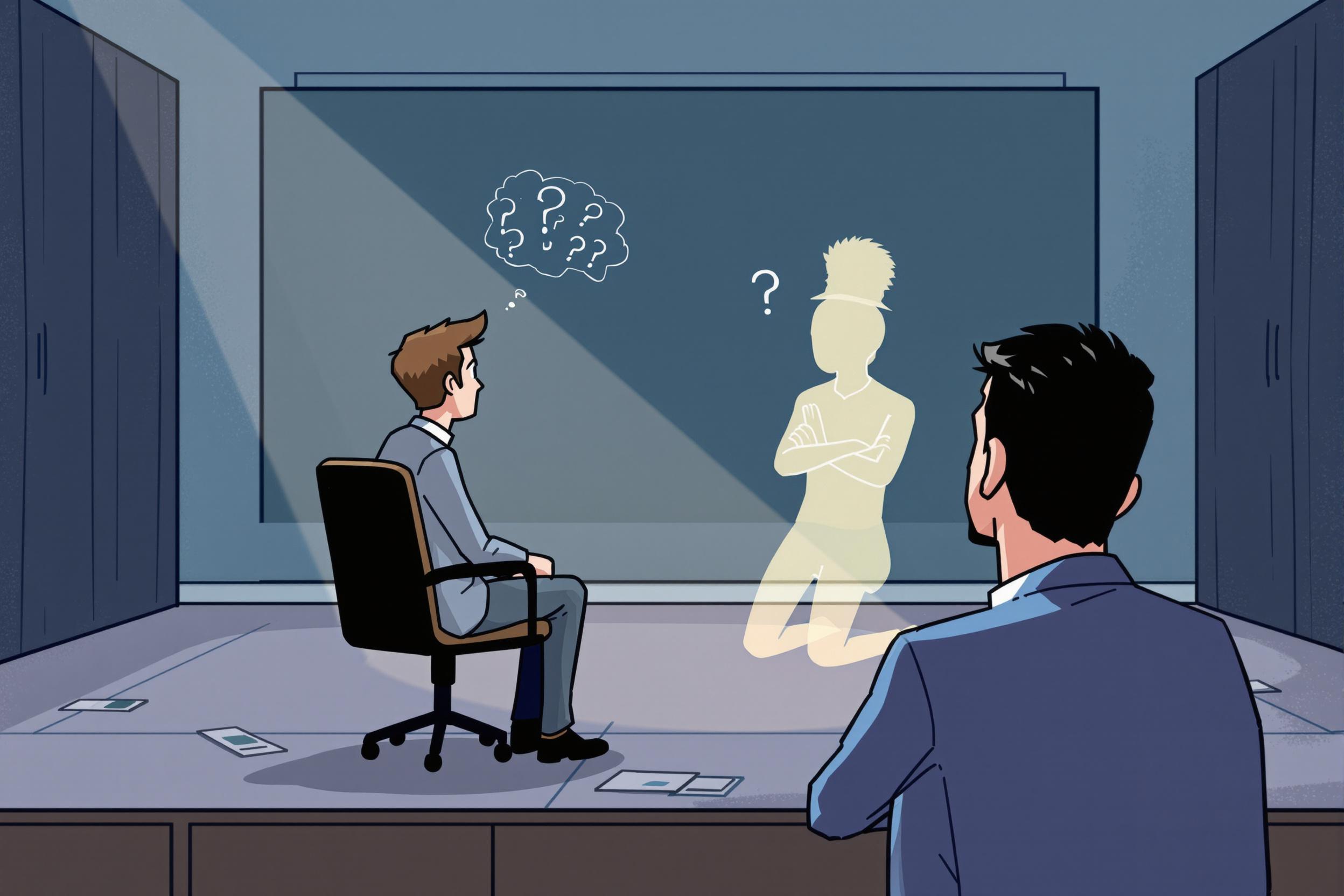
Occluded Front
An occluded front is a weather pattern that weather forecasters track and analyze. It happens when a cold air mass catches up to a warm air mass, which creates unique weather conditions. Think of it like a weather sandwich - where cold, warm, and cool air come together. Weather forecasters need to understand occluded fronts because they help predict important weather changes, rainfall patterns, and potential storm systems. This is similar to how forecasters also track cold fronts and warm fronts. Understanding these weather patterns is crucial for making accurate weather predictions that affect everything from aviation to agriculture.
Examples in Resumes
Analyzed Occluded Front patterns to create accurate 5-day weather forecasts
Tracked Occluded Front movements using advanced weather radar systems
Developed educational materials explaining Occluded Front characteristics for junior meteorologists
Typical job title: "Weather Forecasters"
Also try searching for:
Where to Find Weather Forecasters
Professional Organizations
Job Boards
Online Communities
Example Interview Questions
Senior Level Questions
Q: How do you evaluate the potential impact of an occluded front on a regional weather forecast?
Expected Answer: A senior forecaster should discuss how they analyze multiple data sources, consider seasonal patterns, and explain how occluded fronts affect different geographical areas. They should mention their experience in predicting precipitation patterns and temperature changes.
Q: Describe a challenging weather event involving an occluded front and how you handled it.
Expected Answer: They should provide a specific example showing their decision-making process, how they communicated with stakeholders, and what tools they used to track and forecast the weather system.
Mid Level Questions
Q: What tools do you use to track and analyze occluded fronts?
Expected Answer: Should be able to discuss common weather monitoring systems, radar interpretation, and weather modeling software, explaining how they use these tools in their daily work.
Q: How do you explain occluded front patterns to non-meteorologists?
Expected Answer: Should demonstrate ability to simplify complex weather concepts for public communication, showing experience in creating clear forecasts and weather advisories.
Junior Level Questions
Q: What are the basic characteristics of an occluded front?
Expected Answer: Should be able to explain the basic concept of how cold air catches up to warm air, and describe typical weather conditions associated with occluded fronts.
Q: How do you identify an occluded front on a weather map?
Expected Answer: Should be able to describe the standard symbol for an occluded front and explain basic map reading skills for weather forecasting.
Experience Level Indicators
Junior (0-2 years)
- Basic weather map reading
- Understanding of frontal systems
- Use of basic forecasting tools
- Weather data collection
Mid (2-5 years)
- Advanced weather pattern analysis
- Forecast model interpretation
- Public weather communication
- Radar system operation
Senior (5+ years)
- Complex weather system analysis
- Emergency weather response planning
- Team leadership and training
- Advanced forecasting techniques
Red Flags to Watch For
- Unable to read basic weather maps
- Lack of understanding of basic atmospheric processes
- Poor communication skills for explaining weather patterns
- No experience with modern weather forecasting tools
- Limited knowledge of different types of weather fronts
Related Terms
Need more hiring wisdom? Check these out...

Navigating the Virtual Horizon: Rethinking Leadership Succession in a Remote-First World

Ghosted Again? How to Stop Candidates from Disappearing and Start Engaging Them Better

Global Compliance Checks: The Hidden Puzzle Pieces of Background Screening Revealed

